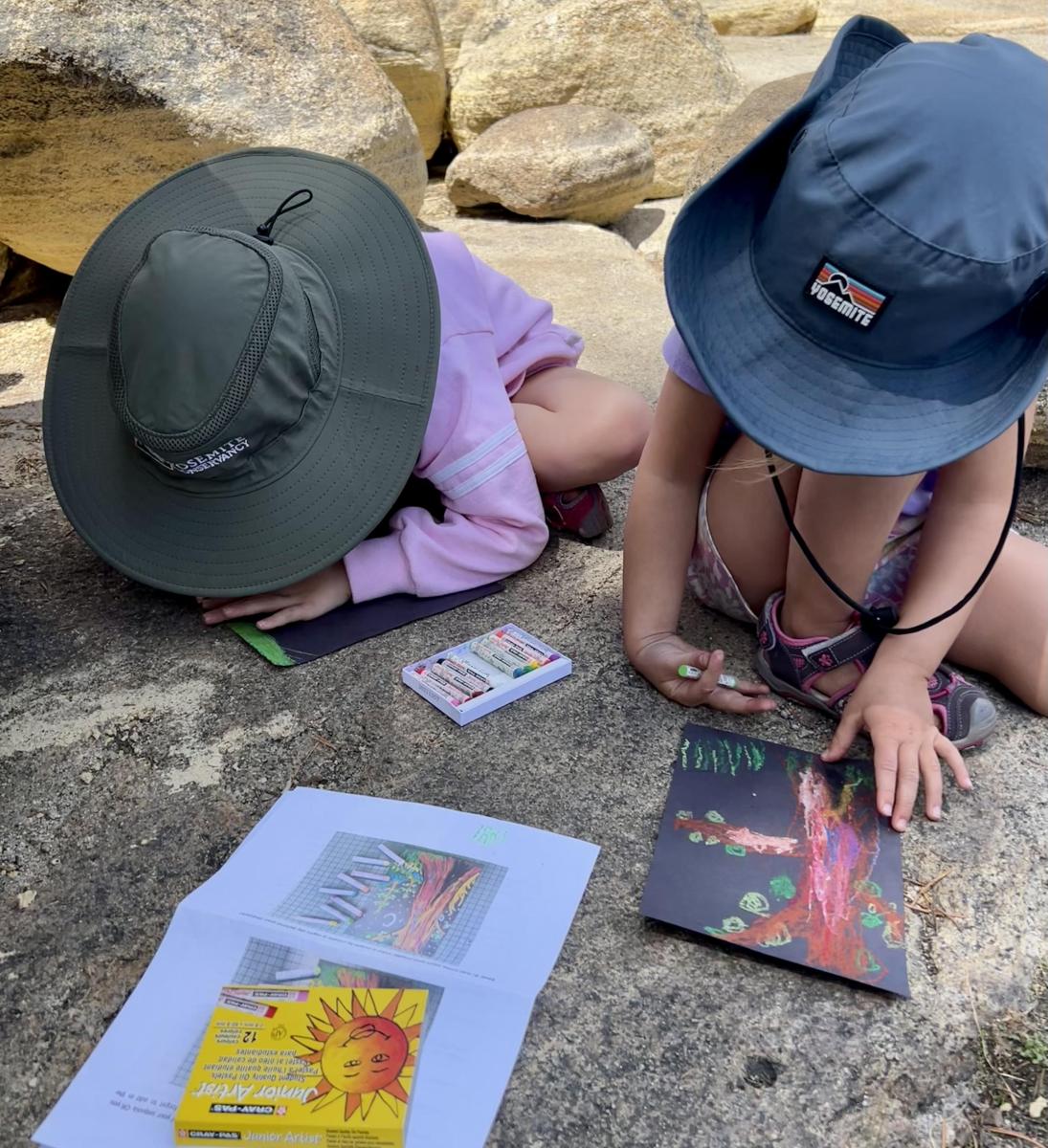In the whirlwind of modern life, finding time to slow down and connect with nature can seem almost impossible. Yet, there’s something magical about stepping outside, breathing in fresh air, and taking in the beauty around us. For our children, these moments are even more precious. Through nature journaling for kids, we can open a door to a world of creativity, learning, and mindfulness, all while building memories that will last a lifetime.
Why Nature Journaling?
Nature journaling is more than just drawing leaves or writing about the weather—it’s an opportunity to ignite creativity, enhance learning, and promote well-being in a world that’s often too fast-paced. Here’s how this simple practice can become a cherished part of your family’s routine.
Unleashing Creativity
One of the most beautiful aspects of nature journaling is how it sparks creativity. I’ve watched my own children transform blank pages into vibrant scenes of the world around them. Whether it’s sketching the intricate patterns of a butterfly’s wings or crafting a story about the towering oak tree in our backyard, nature journaling encourages children to think outside the box and let their imaginations soar.
story about the towering oak tree in our backyard, nature journaling encourages children to think outside the box and let their imaginations soar.
Boosting Learning and Memory
There’s something powerful about writing or drawing what you observe. For children, this process not only reinforces what they’ve learned but also helps them remember it better. I’ve seen this firsthand during our science lessons, where concepts like plant life cycles or animal habitats suddenly make more sense when they’re tied to something my kids have actually seen and noted in their journals.
A Calming Influence
Life can be stressful—for us and our kids. But spending time outdoors, focusing on the beauty of nature, and recording it in a journal can be incredibly soothing. My family has found that these quiet moments with our journals not only reduce stress but also bring us closer together, creating a sense of calm amidst the daily chaos.
Sharpening Observation Skills
As we walk through the woods or explore our backyard, I’ve noticed how much more attentive my children have become. They’re spotting tiny details they might have otherwise overlooked—a spider weaving its web, the first buds of spring, or the way the sunlight dances on the water. Nature journaling has honed their observation skills, making them more aware of the world around them.
Building Fine Motor Skills
For younger children, nature journaling is a fantastic way to develop fine motor skills. Drawing leaves, writing descriptions, and even just holding a pencil all contribute to improving these essential abilities. And the best part? They don’t even realize they’re working on these skills because they’re having so much fun.
Encouraging Mindfulness and Exploration
In our fast-paced lives, it’s easy to rush through everything, even playtime. But nature journaling encourages us to slow down and be mindful. It invites children to explore, ask questions, and be curious. My kids have developed a deeper connection to the environment around them, and it has fostered a genuine love for the natural world.
Getting Started: Simple Tips for Parents and Teachers
Starting a nature journaling practice with your child doesn’t have to be complicated. Here are a few tips that have worked wonders for my family:
- Make It Routine: Set aside time each week for nature journaling. It doesn’t have to be long—even 10 minutes can make a difference. Consistency is key.
- Encourage Exploration: Let your child take the lead during nature walks. Whether they want to investigate a bug on the sidewalk or a cloud formation in the sky, follow their curiosity. For more ideas on how to make outdoor learning fun and engaging, check out the full article on Easy Outdoor Homeschool Activities.
- Provide the Right Tools: A simple journal, some pencils, and maybe a few colored markers are all you need. The idea is to keep it simple and accessible.
- Join in the Fun: When I journal alongside my kids, they see it as a shared activity. My enthusiasm rubs off on them, making the experience even more rewarding.
For educators seeking a structured, pre-made lesson plan introducing scientific sketching, the California Academy of Sciences offers a detailed, step-by-step guide. This resource is ideal for introducing students to the art of scientific sketching and can be easily adapted for homeschooling. The PowerPoint guide serves as an independent resource, helping students develop their observational and sketching skills in a scientific context.
LMU’s Nature Journal Guides: Tailored for Every Family
At Little Monsters Universe, we’ve created nature journal guides that are perfect for families of all shapes and sizes. For our littlest learners in PreK and Kindergarten, our downloadable guide offers 12 delightful activities—one for each month—a gentle introduction to the wonders of nature journaling.
For elementary-aged children, our guide is designed to fit seamlessly into your busy life. With 3 to 4 activities spread out each month, it’s a manageable yet impactful way to incorporate nature journaling into your routine. (Coming soon!)
Personally, I’ve found these journaling sessions to be some of the most meaningful times I share with my children. Amidst the busyness of life, these moments in nature allow us to slow down, connect, and appreciate the world around us in ways that are truly special.
If you’d like to test things out first, we offer a FREE SAMPLE to get you started on your nature journaling journey.
Final Thoughts: A Journey Worth Taking
Nature journaling is more than just an activity—it’s a journey into the heart of what makes us human. It’s about seeing the world through fresh eyes, nurturing curiosity, and building a lasting bond with nature. For homeschooling parents and teachers, it’s a tool that enriches education in ways that go far beyond the classroom.
So grab your journal, step outside, and let the adventure begin. The natural world is waiting to be discovered—one page at a time.



